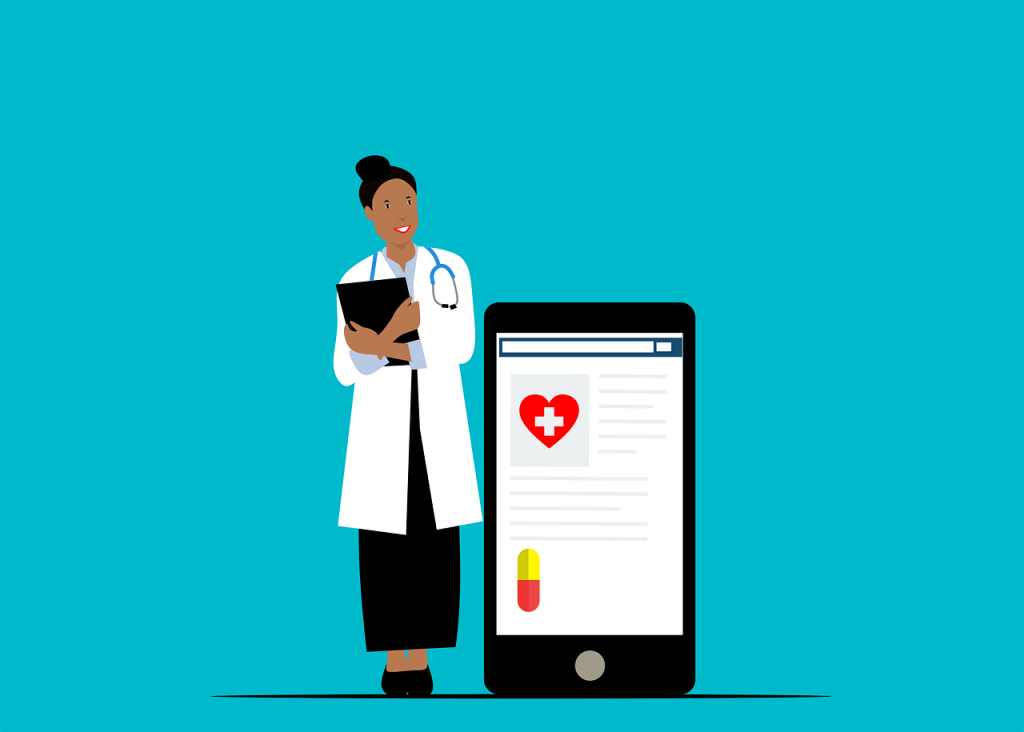Revolutionizing Healthcare: Remote Patient Management & Digital Billing Services
The healthcare landscape has been undergoing a remarkable transformation, fueled by advancements in technology. One of the most significant changes has been the rise of remote patient management, facilitated by the integration of mobile applications and web services. This paradigm shift is not only revolutionizing the way healthcare is delivered but also how billing and financial transactions are managed within the industry.
The Power of Remote Patient Management:
Remote patient management is a revolutionary approach that leverages mobile applications and web services to deliver healthcare services to patients regardless of their physical location. This innovative concept has gained immense traction in recent years, driven by the need for accessible and convenient healthcare solutions, especially in the wake of the global pandemic.
Mobile applications, which can be easily downloaded and installed on smartphones and tablets, serve as virtual bridges connecting patients and healthcare providers. These apps empower patients to engage in virtual consultations, receive real-time health monitoring, access medical records, and even receive prescriptions, all from the comfort of their homes. Simultaneously, healthcare providers can remotely monitor patients’ conditions, offer timely interventions, and provide medical advice, making healthcare more personalized and efficient.
The Synergy of Mobile Applications and Web Services:
Central to the success of remote patient management is the seamless integration of mobile applications and web services. While mobile applications offer user-friendly interfaces for patients and providers, web services provide the backbone infrastructure that supports data transmission, storage, and security.
Mobile applications enable patients to interact with their healthcare providers effortlessly. These applications can be tailored to specific healthcare needs, such as chronic disease management, post-operative care, mental health support, and more. Patients can easily input their health data, track symptoms, and receive notifications, fostering active participation in their own well-being.
Web services, on the other hand, handle the complex technical aspects of transmitting and storing data securely. These services facilitate the exchange of information between patients, healthcare providers, and electronic health records (EHR) systems. They ensure that sensitive medical information is protected, adhering to stringent privacy regulations like the Health Insurance Portability and Accountability Act (HIPAA).
The Evolution of Digital Billing Services:
As healthcare embraces the digital revolution, traditional billing methods are also evolving to accommodate remote patient management. The integration of mobile applications and web services has brought about transformative changes in the billing and financial aspects of healthcare.
- Seamless Payment Integration:
Mobile applications equipped with secure payment gateways enable patients to conveniently pay for services, co-pays, and prescriptions directly within the app. This streamlined payment process eliminates the need for physical transactions and reduces administrative overhead, benefiting both patients and healthcare providers. Additionally, digital payments enhance transparency, allowing patients to track their medical expenses in real time.
- Automated Billing and Claims Processing:
Digital billing services powered by web services enable automated billing and claims processing. When a virtual consultation or service is rendered, the relevant billing information is automatically recorded and transmitted to billing systems. This significantly reduces the likelihood of errors and delays commonly associated with manual billing processes. Healthcare providers can focus more on patient care and less on administrative tasks.
- Real-Time Reimbursement:
The integration of digital billing services with mobile applications allows for real-time reimbursement processing. After a virtual consultation or remote service, the healthcare provider can initiate the reimbursement process immediately, expediting the flow of funds. This is particularly advantageous for practices that rely on consistent cash flow to maintain operations.
- Enhanced Cost Transparency:
Digital billing services enhance cost transparency by providing patients with clear and itemized invoices for the services they receive. Patients can access their billing history, view the breakdown of charges, and gain a comprehensive understanding of their healthcare expenses. This transparency fosters trust and helps patients make informed decisions about their healthcare choices.
- Efficient Claims Management:
Web services integrated with mobile applications can facilitate efficient claims management for both patients and providers. Patients can easily submit claims and required documentation through the app, reducing paperwork and administrative burden. Healthcare providers can then process these claims more efficiently, accelerating the reimbursement cycle.
- Data-Driven Insights:
The convergence of remote patient management and digital billing services generates a wealth of data that can be harnessed for valuable insights. Healthcare providers can analyze patient engagement, billing patterns, and service utilization to refine their offerings and improve financial performance. This data-driven approach empowers providers to optimize their services based on patient preferences and needs.
The synergy between remote patient management, mobile applications, web services, and digital billing services is reshaping the healthcare landscape. This transformation is not only improving patient care and accessibility but also streamlining administrative processes, enhancing financial efficiency, and fostering innovation in the industry.
As mobile applications continue to evolve and web services become more sophisticated, the potential for even greater integration and synergy is promising. As healthcare embraces the digital age, the integration of these technologies will continue to shape a patient-centric, efficient, and financially transparent future for healthcare delivery and management.



